

Positions: Professor – Lincoln University, Principal Scientist – AgResearch, Chief Scientist – National Science Challenge: Our Land and Water. Field: Soil and water quality. Professor Richard ...
READ MORE

Phosphorus is a chemical element found on Earth in numerous compound forms, such as the phosphate ion (PO43-), located in water, soil and sediments. The quantities of phosphorus in soil are ...
READ MORE

As New Zealanders looking to the future, we are faced with many opportunities – and challenges. These include improving the health of all our people, advancing our economic growth, protecting our ...
READ MORE
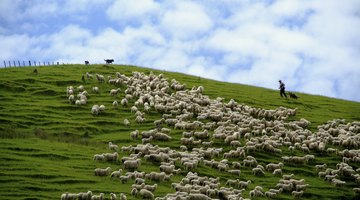
In this activity, students measure the pH of soil collected from a paddock. This will be used to estimate the amount of agricultural lime needed to promote good grass growth. By the end of this ...
READ MORE

Pasture is an area of land that’s covered in a range of low-growing forage species. Grasses, legumes and herbs are common pasture plants, with farmers selecting particular cultivars to suit ...
READ MORE
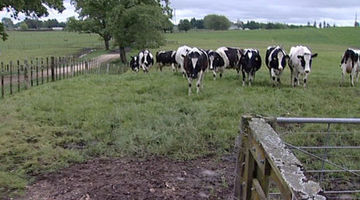
In this activity, students explore ethical issues related to farming and environmental pollution. They learn about the science involved and the range of perspectives among stakeholders. By the ...
READ MORE
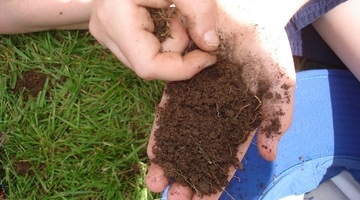
Earthworms are useful indicators of soil health. This project aims to capture information on earthworm abundance and species distribution throughout New Zealand. Information provided will be used ...
READ MORE
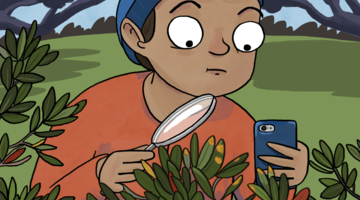
Myrtle rust is a serious biosecurity threat, and help is needed to monitor its spread. This citizen science project aims to gather information on the location, hosts and intensity of this fungal ...
READ MORE

Be part of a worldwide movement and use Global Earth Challenge to submit or classify photos to help our planet’s environment and human health. Global Earth Challenge is a citizen science campaign ...
READ MORE

Students investigate silage production and test a stream to see if run-off from silage is polluting it. Students then produce a pamphlet of their findings to educate the community. Purpose To ...
READ MORE

This case study was based on a biotechnology unit that focused on investigating silage and the possible effects of run-off on a small rural stream. This case study explores why this was an ...
READ MORE

In this recorded professional learning session, Dr Siouxsie Wiles, Associate Professor of Molecular Medicine and Pathology answers key questions about antimicrobial resistance (AMR). AMR has been ...
READ MORE
Dr Ross Monaghan from AgResearch at Invermay in Otago explains the importance of phosphorus and then talks us through phosphorus cycle. Jargon alert Ross mentions that phosphorous is adsorbed to ...
READ MORE
Professor Simon Kingham, from the University of Canterbury, discusses how air pollution can be made up of many components. The size and amount of particulates in the air can give a measure of the ...
READ MORE
ESR scientist Dr Wendy Williamson is developing a method for detecting viruses in the water. She is also monitoring waterways so that a standard for safe drinking water can be developed. The ...
READ MORE

An interactive showing the main components of the terrestrial nitrogen cycle. Select one of the buttons to find out more. Go here to view the full transcript and copyright information.
READ MORE

This timeline explores the history and science of mammalian pest control in New Zealand. A full transcript is underneath the timeline.
READ MORE
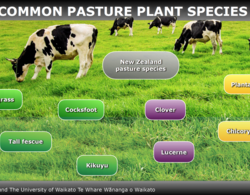
New Zealand dairy farming is pastured-based. Discover a few of the commonly used plant species.
READ MORE